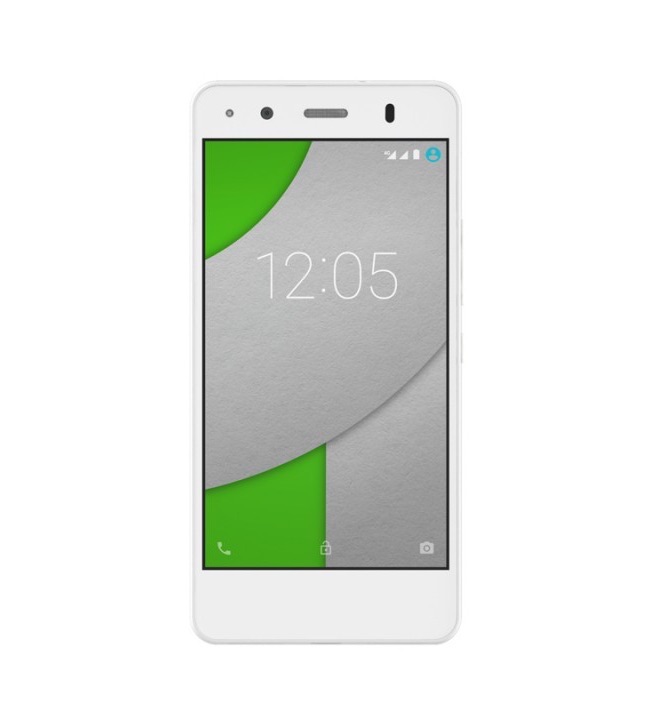Towards the middle of this month, Google’s Sundar Pichai unveiled the first batch of Android One handsets at an event in India. The company had initially announced the program back at Google I/O this year.
What exactly is Android One though, and what makes it such a big deal? Read below to find out.
What is Android One?
The basic premise of Android One is pretty simple — Google wants to kill Android fragmentation while delivering a top-notch smartphone experience to buyers of low-end Android devices as well. With Android One, Google is aiming to bring a quality smartphone experience to the next five billion users in the world. For this, the company has had to shift its attention to developing markets like India because the smartphone market in the first world countries like the USA is quickly going to reach its point of saturation and level off from there.
Why Android One?
It is no secret that fragmentation is one of the biggest issues of Android. While popular OEMs like HTC and Samsung update their low-end Android devices at least once throughout its lifetime, many Chinese and Indian OEMs release their budget handsets with a very old version of Android and never bother updating it as well.
In fact, many OEMs in India still release Android devices running Android 2.3 Gingerbread or Android 4.0 Ice Cream Sandwich, aggravating the already worse fragmentation issue of Android. This also leads to a frustratingly poor user experience as well.
So what’s makes Android One devices special?
With Android One, Google is working with many local Indian OEMs on bringing $100 Android phones running a near stock build of KitKat. Without any OEM overlay and a fully optimized build of KitKat, Android One handsets will offer a performance and user experience that can rival handsets that are at least double their price.
Even better, all Android One handsets — irrespective of their OEMs — will receive direct software and Android updates from Google itself including a guaranteed update to Android L.
Meet the first batch of Android One handsets

Earlier this month, Google unveiled the first batch of Android One handsets — the Spice Dream Uno, Micromax Canvas A1 and the Karbonn Sparkle V — in India. The handsets cost slightly more than $100 (Rs 6300) with the only differentiating factor between them being their build quality and design. Otherwise the handsets pack in same basic specifications under the hood, which are as follows:
- 4.5-inch FWVGA (800×480) resolution display
- 1.3GHz quad-core MediaTek processor
- 1GB RAM
- 4GB internal storage
- MicroSD card slot
- Dual SIM
- 5MP rear camera
- 2MP front-facing camera
- 1700mAh battery
- Wi-Fi, Bluetooth, GPS, 3G
- Stock Android 4.4.4 KitKat
All the three Android One handsets also come with some pre-installed apps like AskMe, Hike, Flipkart and WeChat. Google is also bundling 200MB of free 3G data downloads on from the Play Store for the next six months along with the ability to download OTA updates for free as well.
As of now, the handsets are available for purchase exclusively through Flipkart, Snapdeal and Amazon but are scheduled to hit the retail stores before Diwali, which should help create more public awareness about them and boost their sales by a significant margin.
Android One — The future
Google has already made it clear that it will be working with more local Indian OEMs launch more devices under its Android One program towards the end of the year. This includes many top-tier OEMs like Asus, Qualcomm and HTC as well. The company is also looking to expand the Android One program to other developing countries including the Philippines, Pakistan, Nepal, Sri Lanka and Bangladesh.
While the Android One program does not sound terribly exciting or have much for tech lovers — it will play a very vital role in bringing a quality smartphone experience to the next five billion people in the world.


















